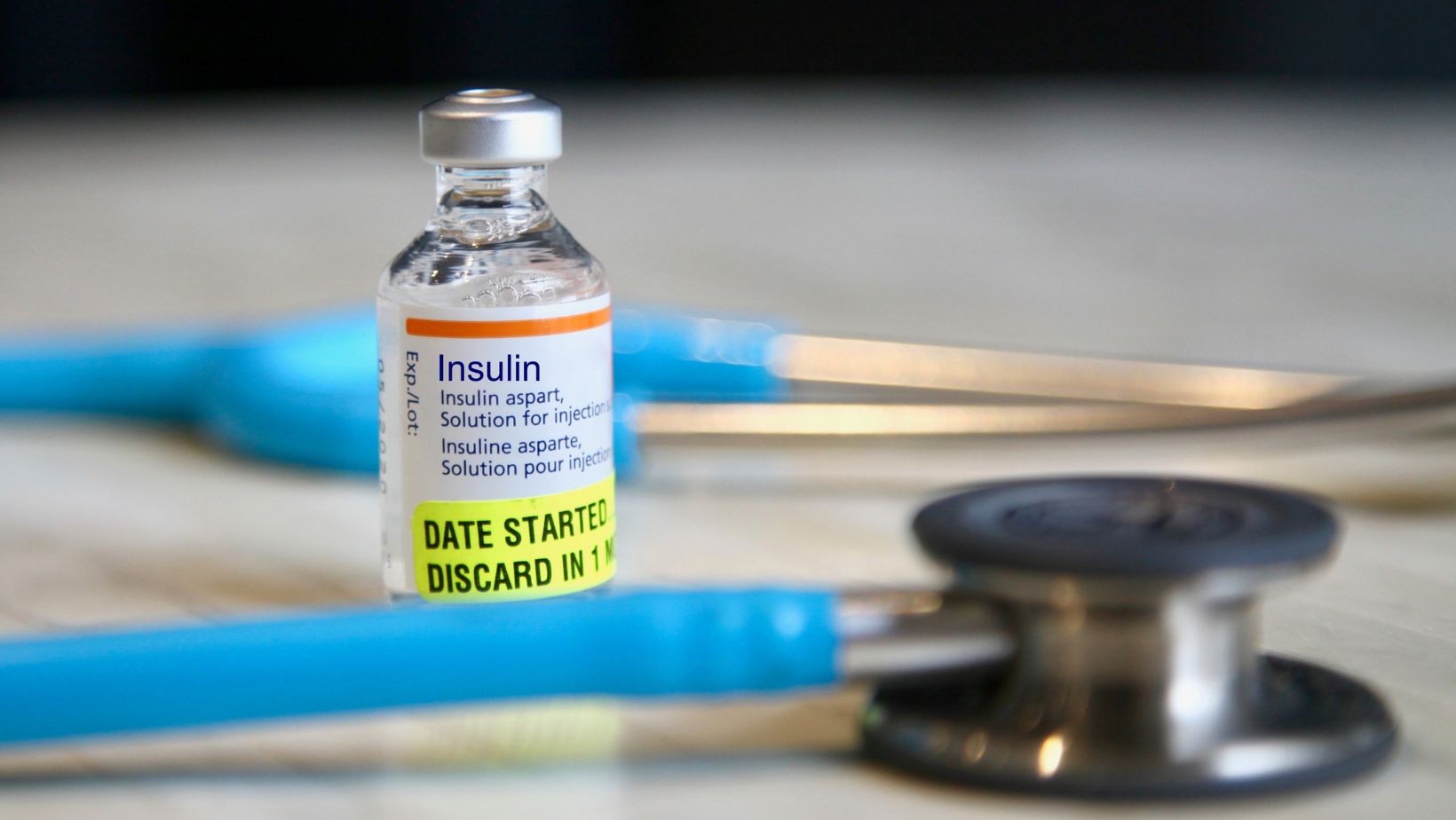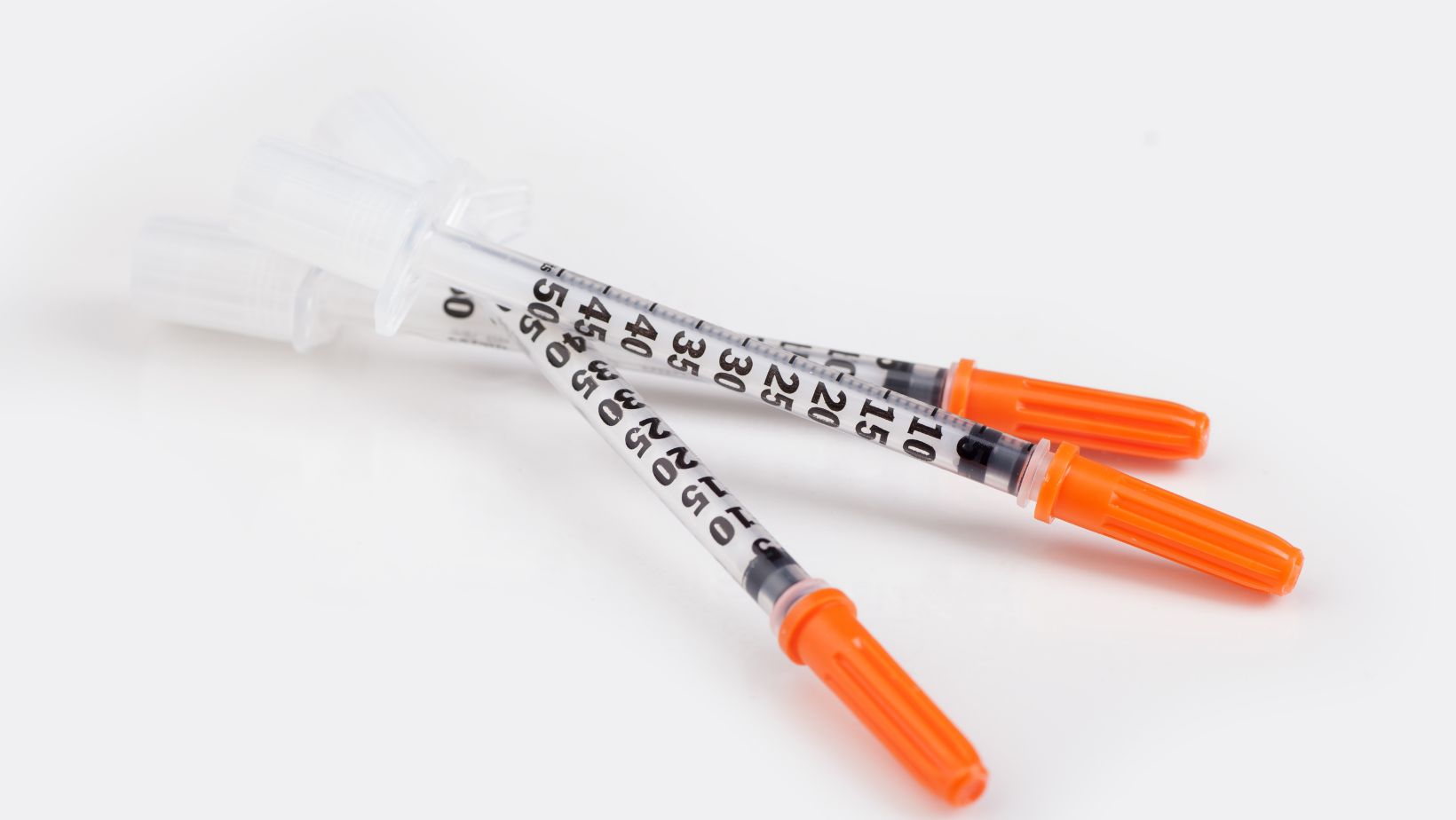
Insulin resistance is a hidden threat that quietly disrupts how your body processes sugar, often going unnoticed until it leads to more serious conditions like prediabetes or Type 2 diabetes. Managing it early is key—and that starts with access to trusted tools and resources. For those asking whether a medwholesalesupplies legit site can provide reliable support products, the answer lies in choosing verified, professional-grade suppliers.
In this guide, we’ll break down what insulin resistance is, its causes, early warning signs, and how it can affect your long-term health.
What Is Insulin Resistance?
Insulin resistance develops when the body’s cells become less sensitive to insulin, which is necessary for regulating blood glucose levels. In response, your body produces more insulin to compensate—until it can’t keep up.
This often results in elevated blood sugar levels, which can quietly progress into more serious metabolic disorders.
How Insulin Resistance Affects the Body
Understanding the ways in which insulin resistance affects the body is crucial for early recognition and effective management. Below, we explore the primary effects of insulin resistance, including blood sugar imbalance, increased fat storage, and chronic inflammation.
Blood Sugar Imbalance
When cells ignore insulin signals, glucose builds up in the bloodstream, raising your blood sugar levels.
Increased Fat Storage
High insulin levels tell your body to store fat, particularly around the abdomen. This can worsen insulin resistance.

Chronic Inflammation
Insulin resistance is linked with low-grade inflammation, which plays a role in cardiovascular disease and liver problems.
Understanding these processes is key to recognizing early symptoms and preventing complications. While some may look online for solutions and products to manage insulin issues, it’s essential to verify the legitimacy of sources before making purchases.
Common Causes and Risk Factors
Insulin resistance doesn’t occur overnight. It often develops gradually due to a combination of genetic, lifestyle, and environmental factors.
Primary Risk Factors Include:
- Sedentary lifestyle
- Excess abdominal fat
- High intake of refined carbs and sugars
- Chronic stress and poor sleep
- Family history of diabetes or metabolic syndrome
People with polycystic ovary syndrome (PCOS), high blood pressure, or fatty liver disease are also at higher risk.
Warning Signs to Watch For
Insulin resistance may not cause noticeable symptoms in its early stages, but over time, you might notice:
- Frequent fatigue after meals
- Increased hunger and cravings
- Weight gain, especially around the midsection
- Dark patches of skin (acanthosis nigricans)
- Difficulty concentrating or “brain fog”
These signs are a signal to get your blood sugar levels and insulin sensitivity checked before more serious complications arise.
Why Insulin Resistance Matters
Unchecked insulin resistance can lead to a cascade of health issues:
- Type 2 Diabetes: Without intervention, your body may stop producing enough insulin.
- Heart Disease: Insulin resistance increases your risk of high blood pressure and cholesterol.
- Liver Problems: Fatty liver is often linked to metabolic disorders.

Managing and Reversing Insulin Resistance
Fortunately, insulin resistance can be improved—sometimes even reversed—with the right strategies. Think of this as your ultimate guide to managing diabetes, with simple yet powerful steps to restore insulin sensitivity and protect your long-term health.
Focus on Diet
Choose whole, unprocessed foods. Prioritize fiber, lean protein, and healthy fats. Limit refined sugars and carbohydrates.
Get Active
Exercise helps improve insulin sensitivity. Even brisk walking 30 minutes a day makes a difference.
Manage Stress and Sleep
Chronic stress elevates cortisol, which worsens insulin resistance. Aim for quality sleep and relaxation techniques.
Medication and Supplements
Some may benefit from medications like metformin. If you’re ordering diabetic supplies online, always confirm whether the platform is a legitimate site or a verified seller to avoid unsafe or counterfeit products.
Takeaways
Insulin resistance is a crucial early marker of metabolic dysfunction that shouldn’t be ignored. It plays a central role in the development of diabetes, heart disease, and obesity-related illnesses. When the body becomes resistant to insulin, it struggles to use glucose effectively, leading to increased blood sugar levels and, over time, can set the stage for serious health complications.
Prevention starts with awareness. Taking small, consistent steps today can lead to significant improvements in health outcomes tomorrow. Whether it’s dedicating time each day for a quick workout, meal prepping healthy options for the week ahead, or simply staying informed about your health, each action contributes to a longer, healthier life.
Frequently Asked Questions (FAQs)
Can Insulin Resistance Go Away?
Yes, with lifestyle changes such as healthy eating, regular exercise, and weight loss, insulin resistance can be reversed or significantly improved in many cases.
Is Insulin Resistance The Same As Diabetes?
Not exactly. Insulin resistance is often a precursor to type 2 diabetes, but it doesn’t mean you have diabetes yet. However, without intervention, it can progress to it.
What Are The Early Signs Of Insulin Resistance?
Common early signs include increased hunger, fatigue, weight gain (especially around the belly), and difficulty concentrating. Some people may also notice dark patches of skin (acanthosis nigricans), often around the neck or armpits.


















